Mary Quant: Photographing the Sixties fashion innovator
An exhibition examining Mary Quant’s outsized legacy sheds a light on how important fashion photography was in creating her playful, futuristic vision
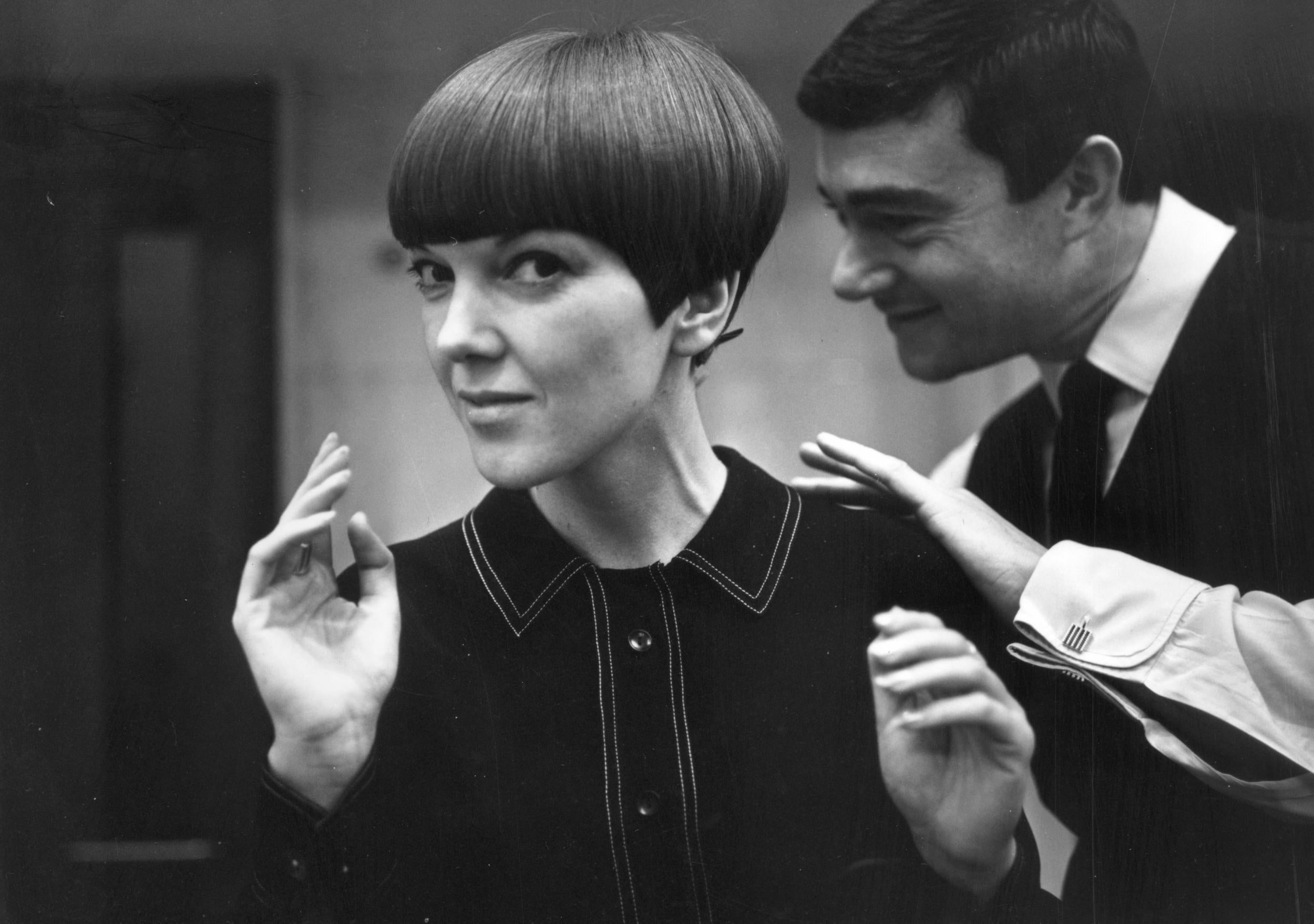
Your support helps us to tell the story
From reproductive rights to climate change to Big Tech, The Independent is on the ground when the story is developing. Whether it's investigating the financials of Elon Musk's pro-Trump PAC or producing our latest documentary, 'The A Word', which shines a light on the American women fighting for reproductive rights, we know how important it is to parse out the facts from the messaging.
At such a critical moment in US history, we need reporters on the ground. Your donation allows us to keep sending journalists to speak to both sides of the story.
The Independent is trusted by Americans across the entire political spectrum. And unlike many other quality news outlets, we choose not to lock Americans out of our reporting and analysis with paywalls. We believe quality journalism should be available to everyone, paid for by those who can afford it.
Your support makes all the difference.If you walk down any street in Britain today, you will still see the influence of Mary Quant. The pioneering fashion designer, best known for popularising miniskirts, opened her first shop Bazaar in 1955, ushering in a new era of daring design and futuristic fabrics. Rationing had ended, new textiles were coming onto the market, and a generation of young people were ready to shake off the drab greyness of post-war London.
Quant, who is now 86 years old, is being honoured at the V&A Dundee in a retrospective of her work. “Mary used her designs, from her fashions to accessories, hats, make-up and homeware, to change the way people looked at the world and to let people create better lives for themselves,” says Heather Tilbury Phillips, former Director of Mary Quant Ltd. “From flexible jersey dresses you could run and move and dance in, to home dressmaking patterns that opened up fashion to the masses, Mary totally revolutionised the world of fashion.”
The exhibition includes a number of her original creations, including the pioneering ‘Wet Collection’ PVC rainwear, a jute miniskirt, her foray into daisy-branded lifestyle products as well as her designs which subverted men’s fashion into playful womenswear.
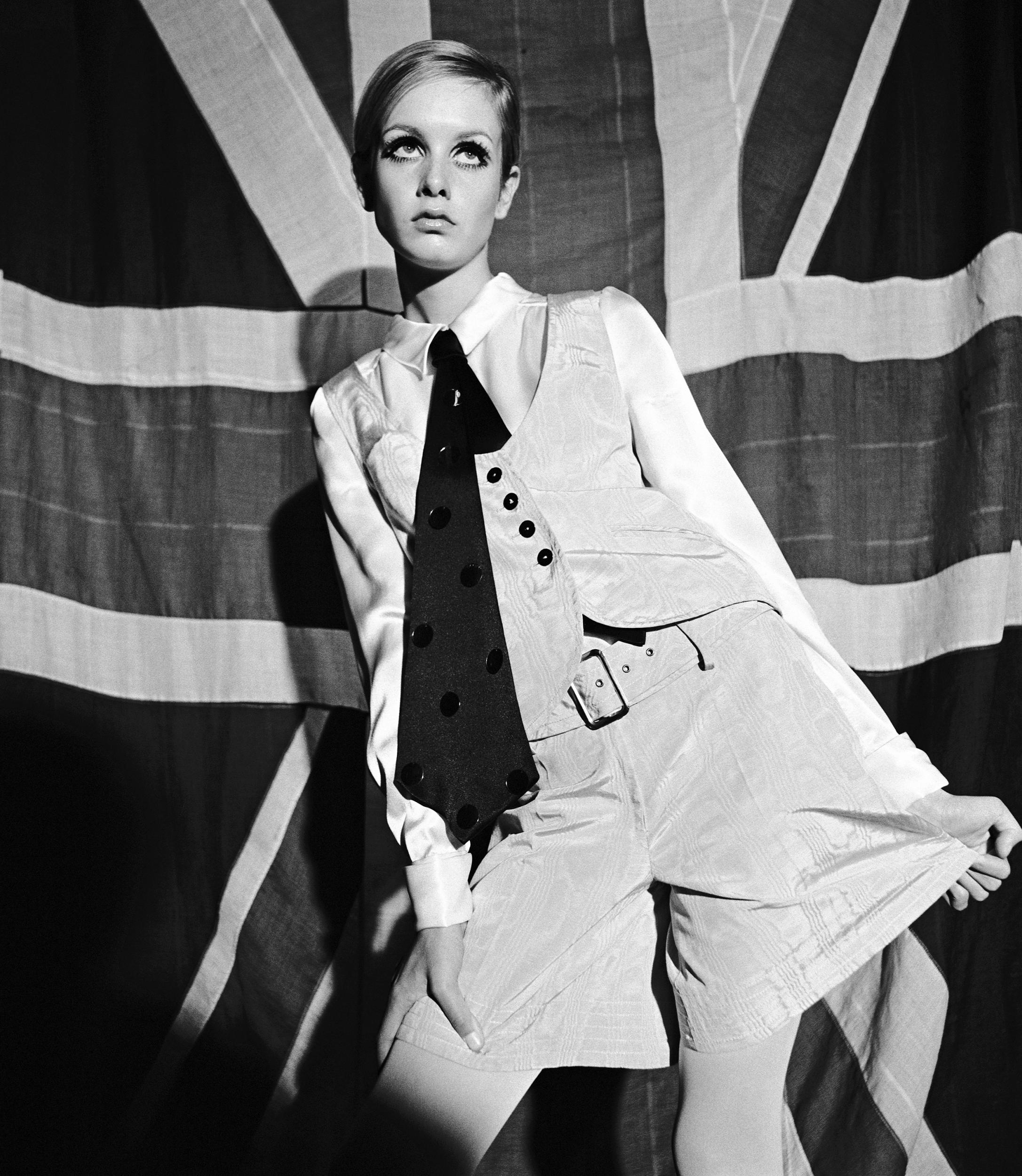
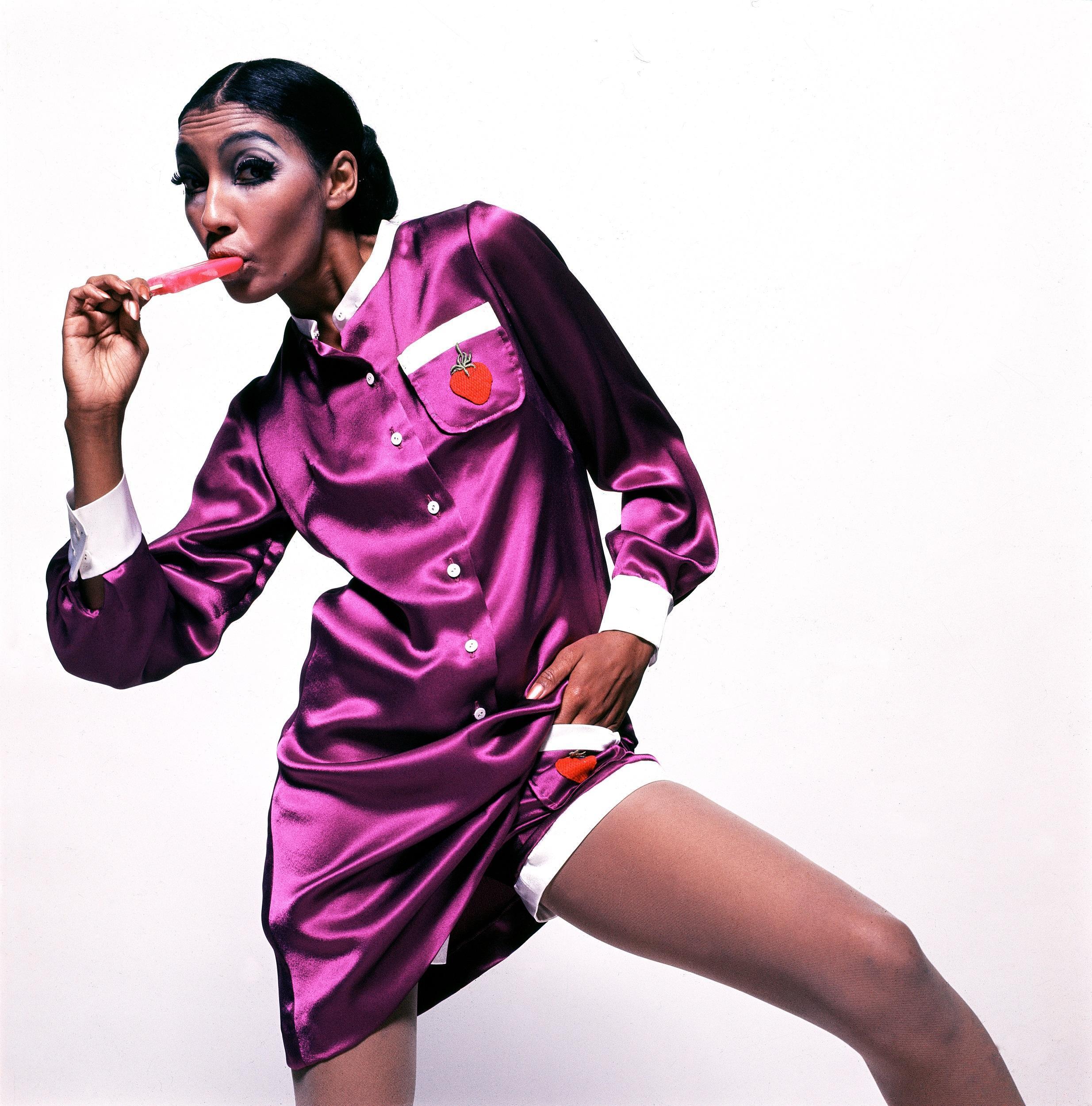
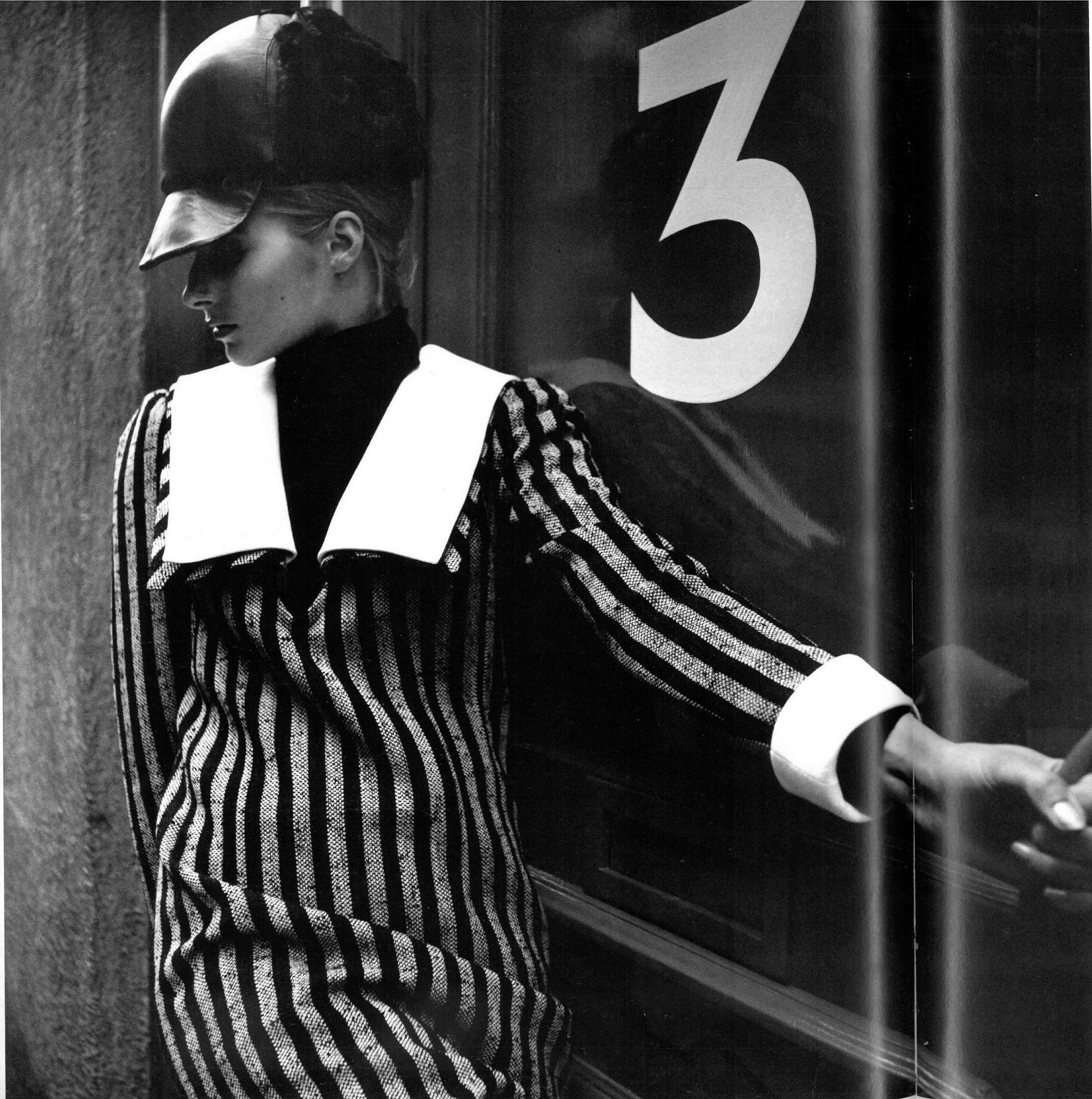
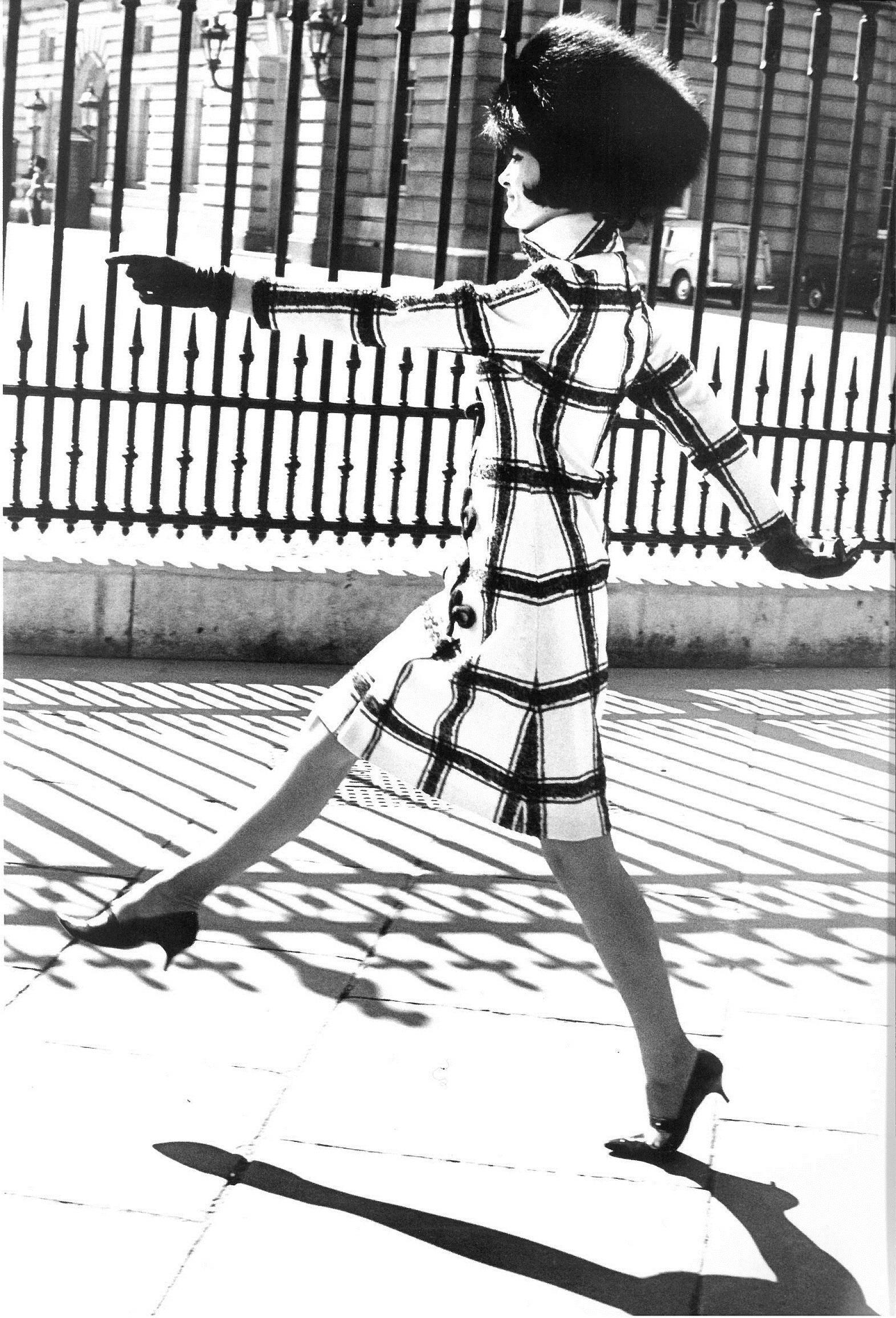
Also on display are a number of fashion photographs from her prime during the 1960s and 1970s. They too reflect Quant’s unique, forward-facing vision. Terence Donovan captures Twiggy posing in front of a Union Jack flag, boyishly dwarfed in Quant’s oversized suit shorts, topped off by a broad tie. In 1967, Quant described her young customers as “prototypes of a whole new race of women… It’s their questioning attitude that makes them important and different”. Donavon’s shot of Twiggy captures this subversive, fun attitude completely.
Quant also poked fun at class, reimagining the stodgy uniforms of bankers and barristers into sleek outfits for young women. In one shoot, John Cowan photographed a model smiling and swinging her arms outside of Buckingham Palace, her fur hat mirroring the guardsmen, her geometric dress clashing with the straight railings behind her. Cowan also celebrated Quant’s pioneering use of the then-new fabric PVC, shooting model Jill Kennington up to her knees in a puddle, yelling with joy in the pouring rain – something that would have been unimaginable with the delicate high-fashion fabrics of the previous generation.
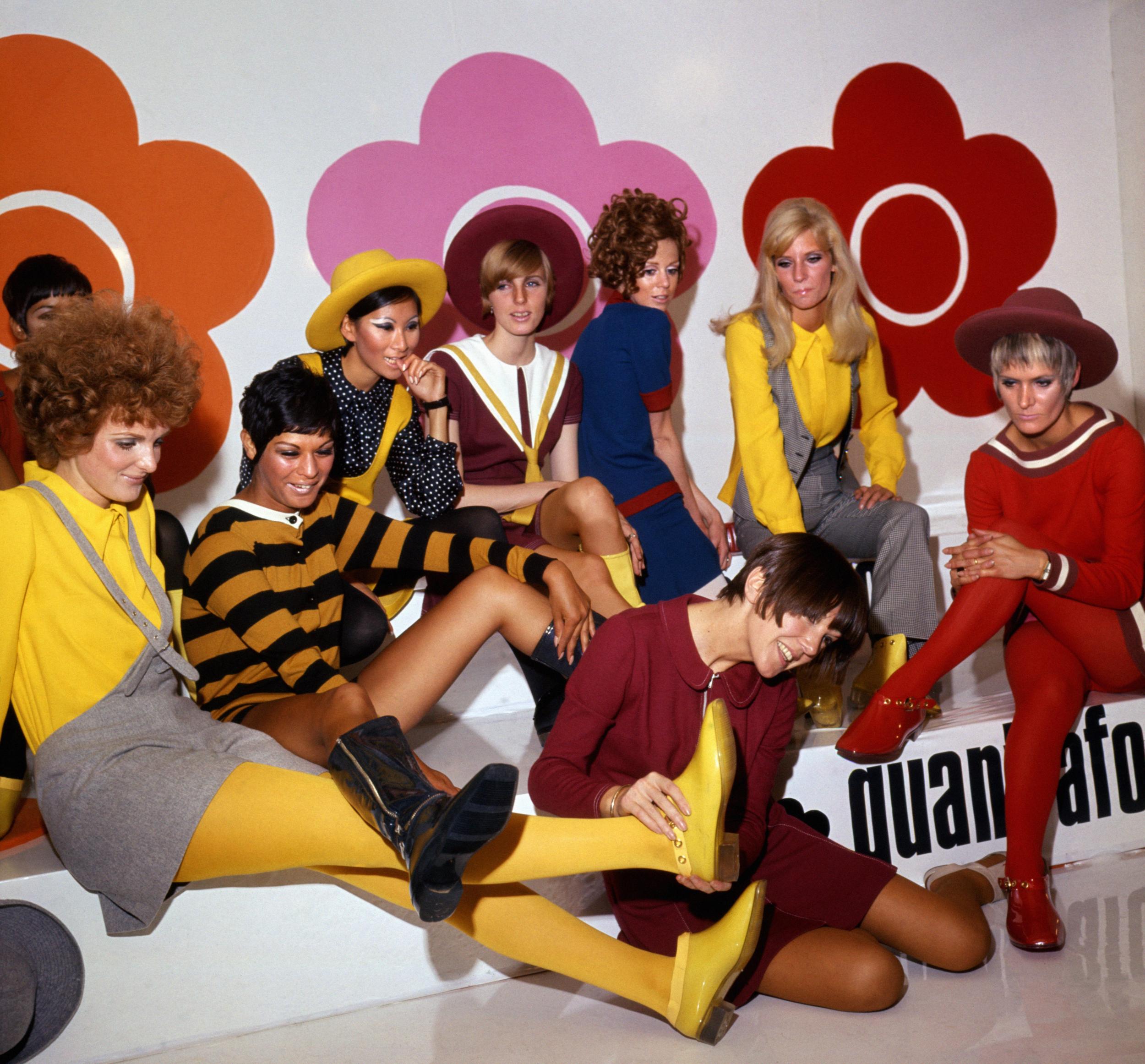
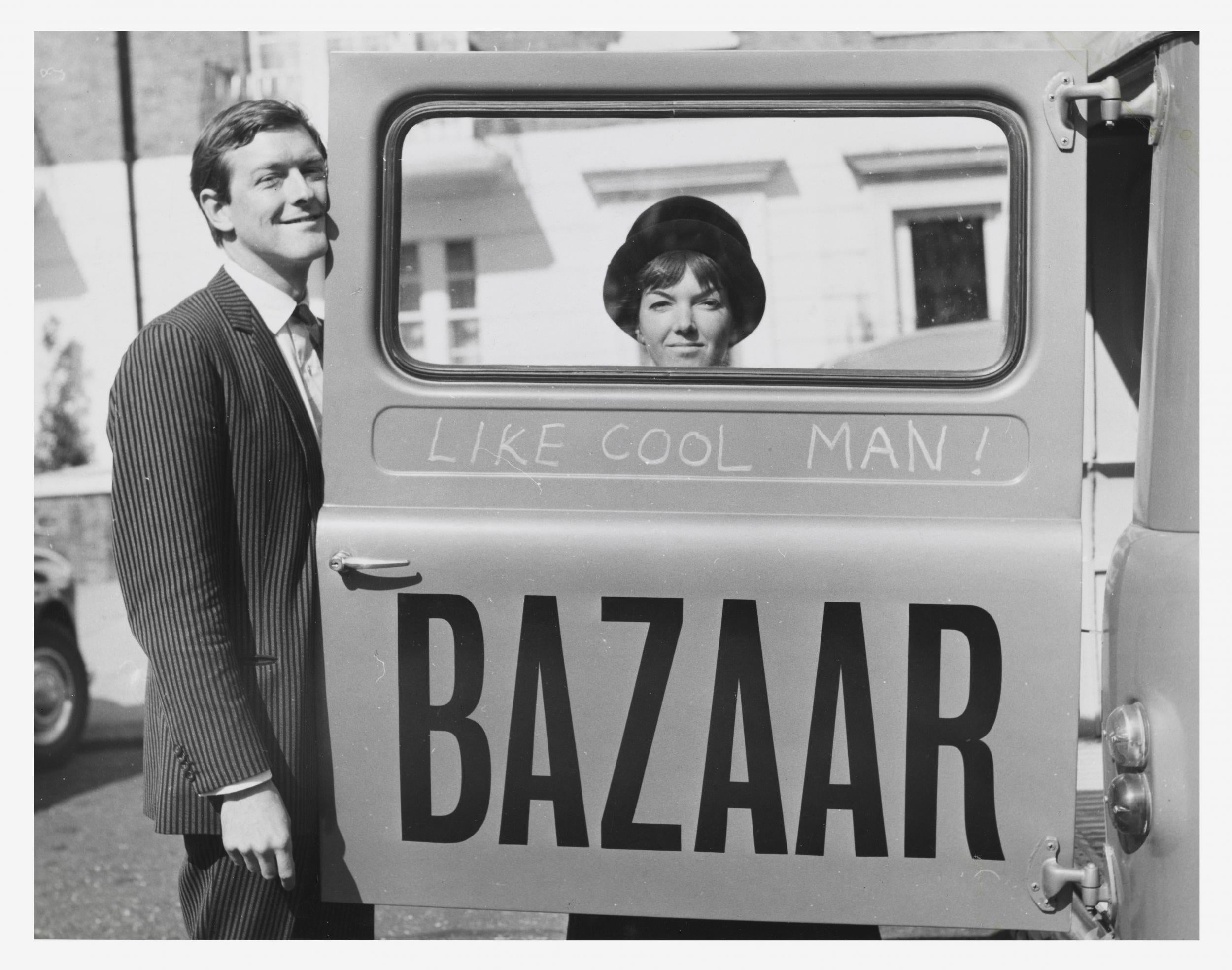
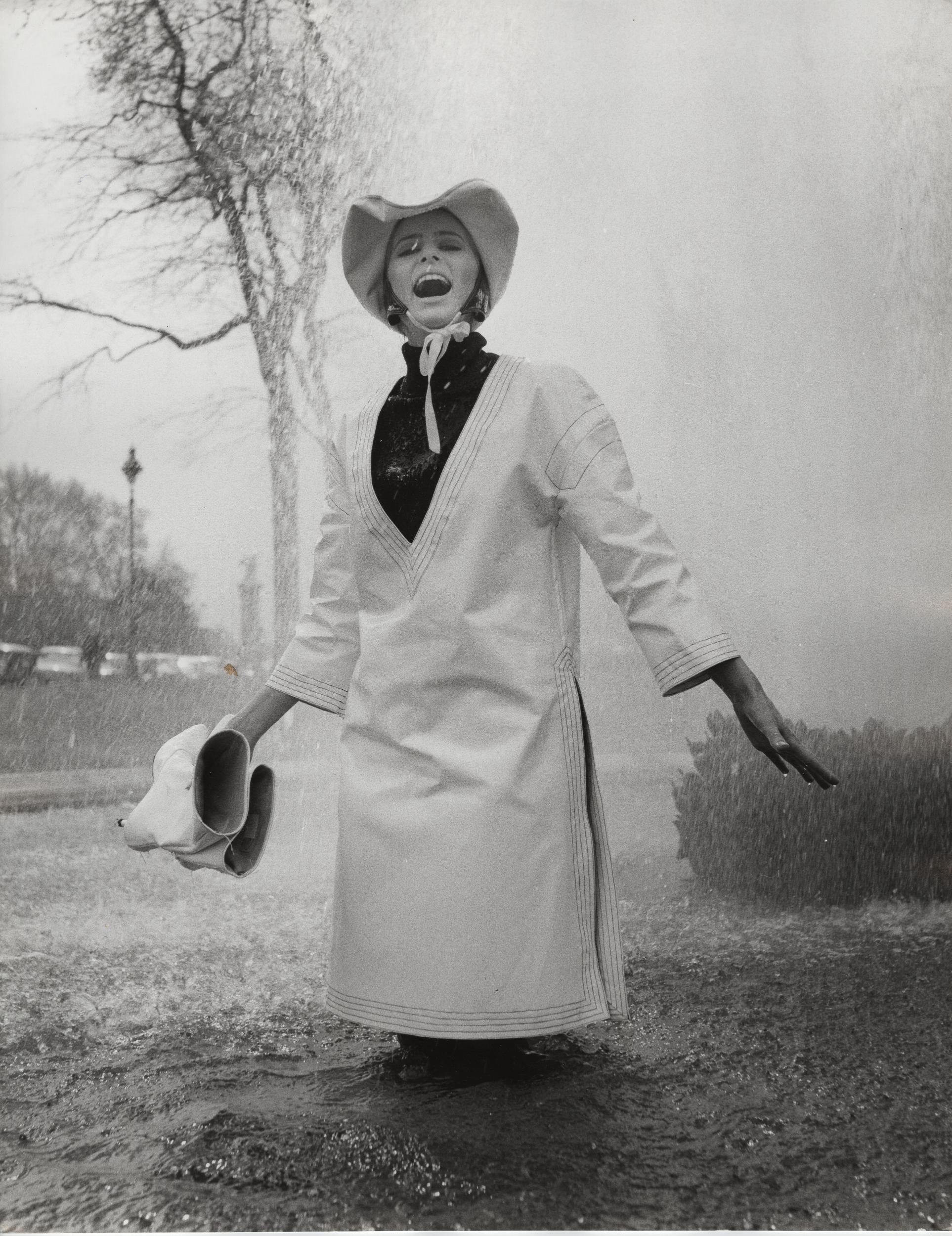
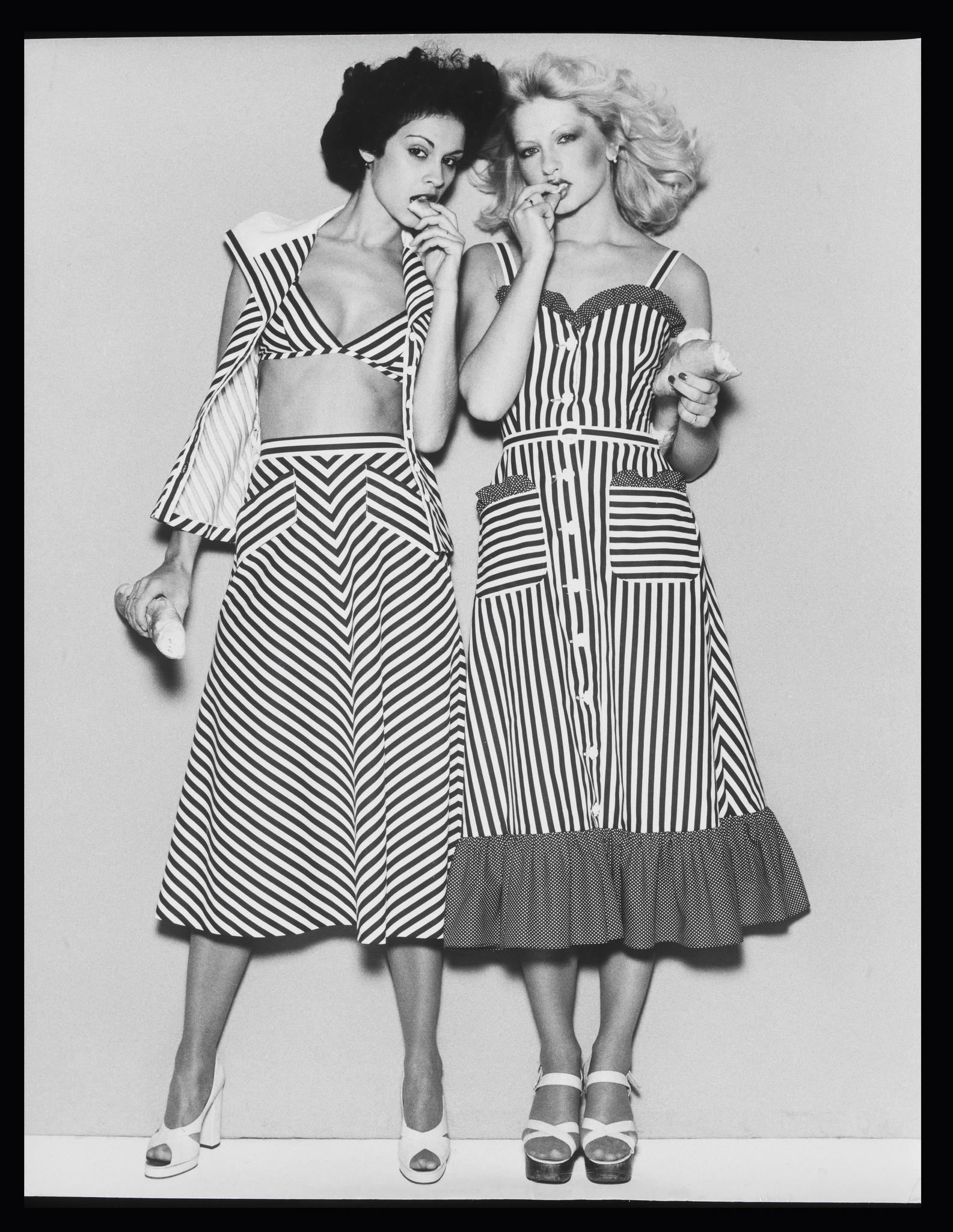
Some of the most striking photos are of Quant herself. With her bobbed hair and extravagant eye make-up, she too epitomised her vision of the modern woman with a gamine, playful charm. “Fashion doesn’t really influence the climate of opinion, it reflects what is really in the air,” Quant told The Guardian in 1967. “It reflects what people are reading and thinking and listening to… attitudes to success and to society.” It is a testament to her inventive vision that her work still feels fresh today.
Mary Quant is on at the V&A Dundee until 17 January 2021
Join our commenting forum
Join thought-provoking conversations, follow other Independent readers and see their replies
Comments